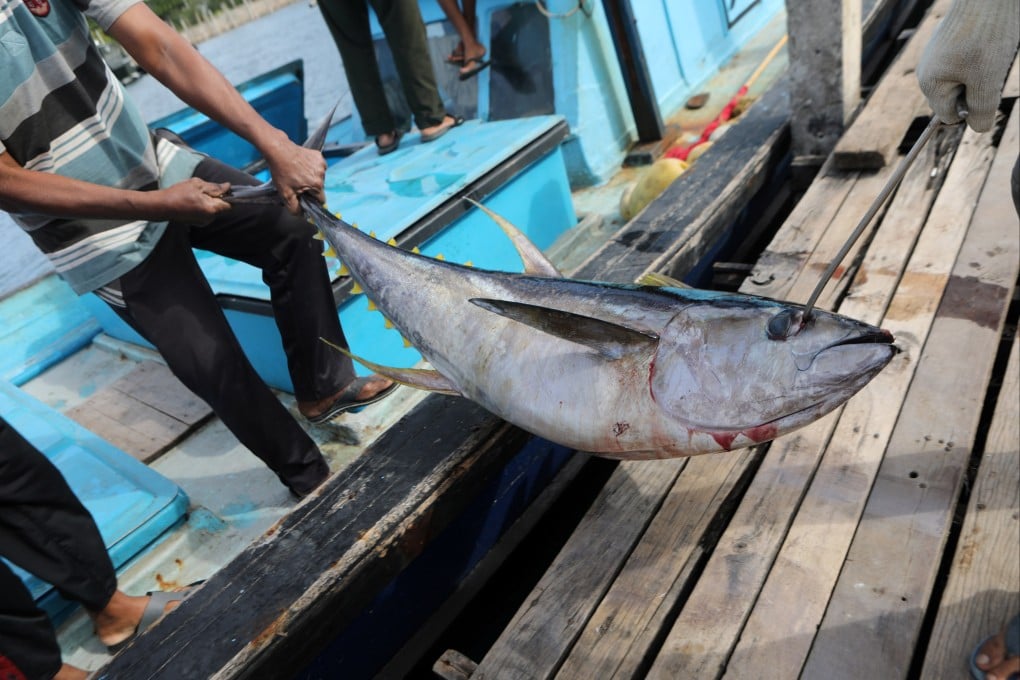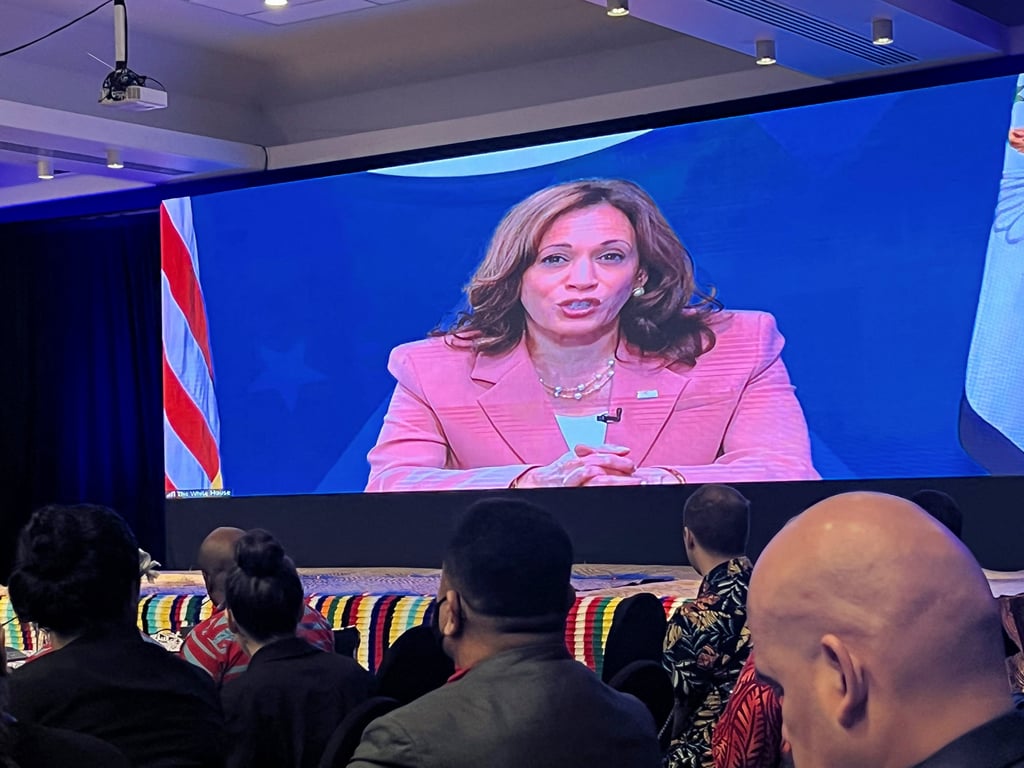More than just tuna: US casts a wider net to compete with China in the Pacific
- The US is renegotiating the South Pacific Tuna Treaty, a centrepiece of its relationship with 16 Pacific nations and territories
- Growing Chinese influence in the region has led Washington to pursue a broader strategy, including the promise of a three-fold increase in aid under the treaty

When president Barack Obama’s administration announced the United States’ plan to withdraw from the South Pacific Tuna Treaty in January 2016, the threat left signatories disappointed and policy watchers puzzled.
The fishing accord – described as “one of the most important aid and political arrangements” of Washington’s relationship with 16 Pacific Island nations and territories – dictates how much US vessels should pay for access to exclusive economic zones in the waters around the islands.
The threatened move could “starve my country”, warned Mika Perez, fisheries director of Tokelau, a territory of New Zealand that collects more than 90 per cent of its government revenue from offshore fisheries.
Six years later, the pact is again up for renewal. But this time, the “exit card” is not on the table.

With increasing Chinese influence in the region, Washington is now trying to start a new chapter with a heavier purse and a broader strategy.